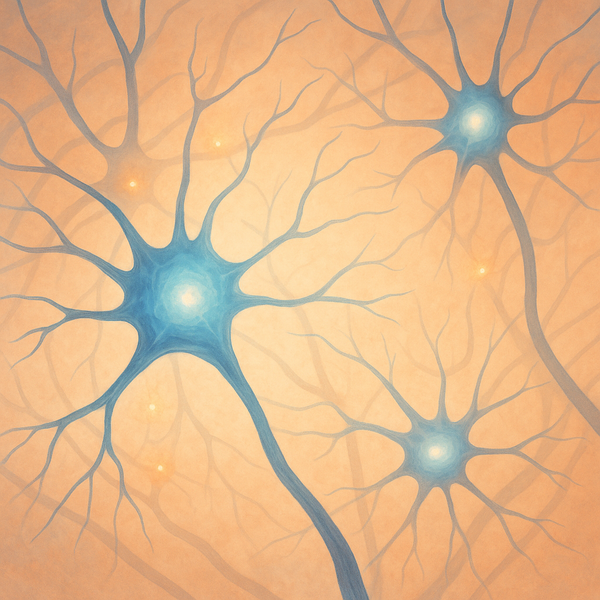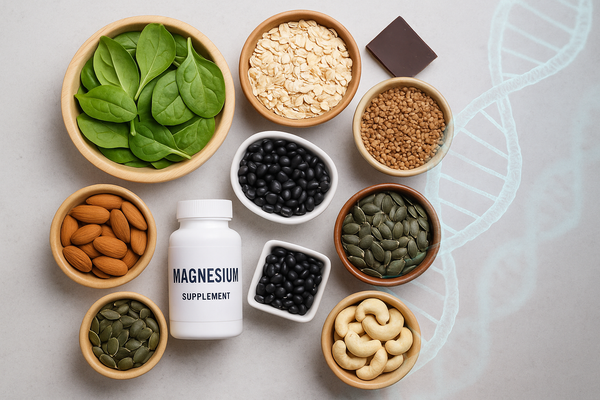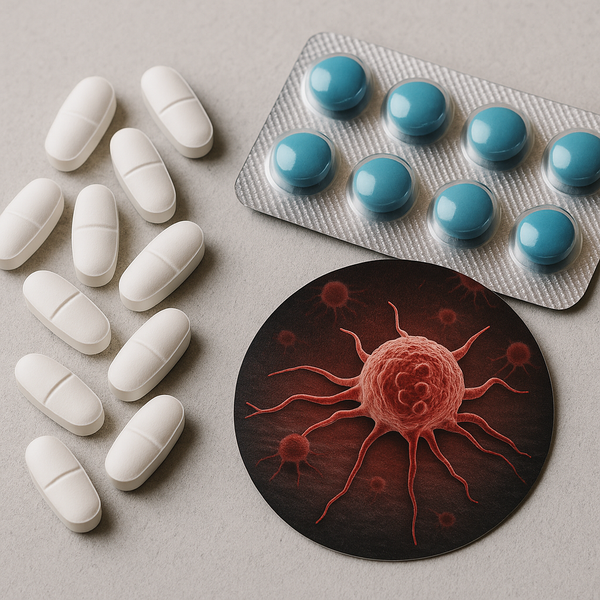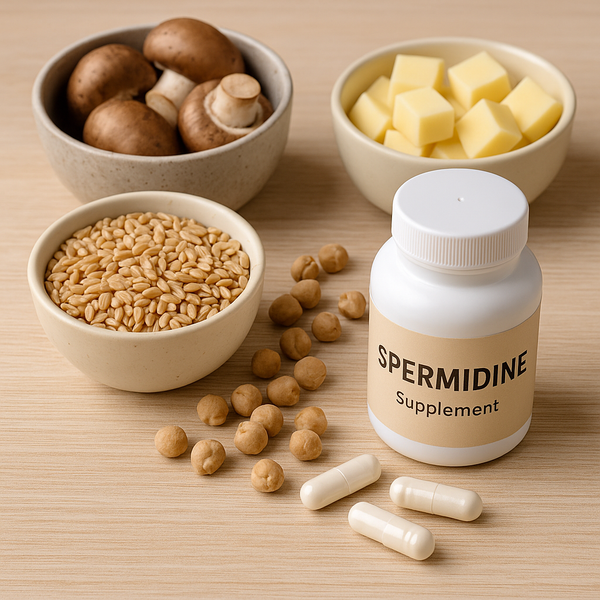N-Acetyl-Cysteine (NAC): The Unsung Antioxidant Powerhouse
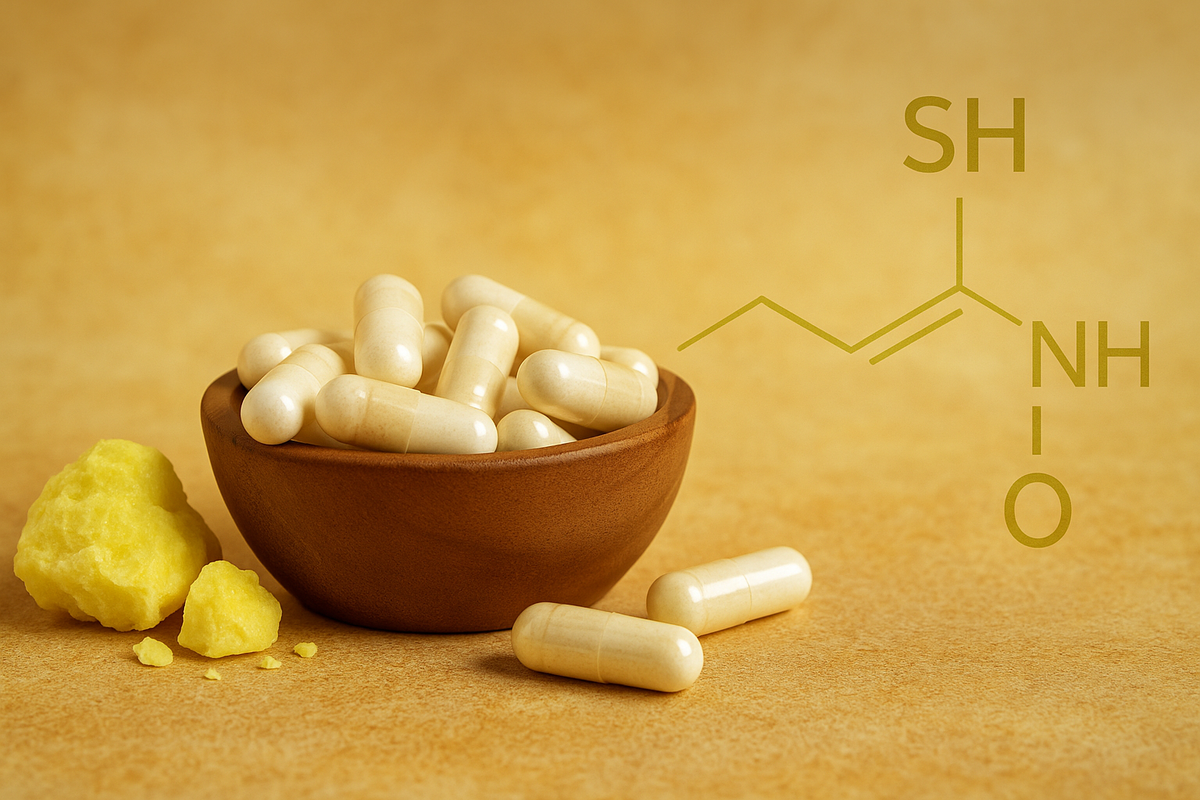
If I had to pick one supplement that quietly supports nearly every system tied to resilience and longevity, it would be N-Acetyl-Cysteine. Known as NAC, this compound is a modified form of the amino acid cysteine—and it happens to be one of the body’s most powerful allies for detoxification, cellular repair, and oxidative defense.
Though it’s been used medically for decades as a treatment for acetaminophen toxicity and chronic lung conditions, NAC’s deeper role in restoring redox balance and supporting glutathione production makes it indispensable for long-term cellular health.
The Foundation: Glutathione and Redox Balance
The body’s master antioxidant, glutathione (GSH), acts as the first line of defense against oxidative stress. It’s essential for mitochondrial function, immune balance, detoxification, and even DNA protection.
NAC serves as a direct precursor to glutathione, supplying the cysteine needed for its synthesis. When stress, inflammation, pollution, or toxins deplete GSH, supplementing with NAC can restore the balance and reduce oxidative load across tissues.
This glutathione connection explains why NAC shows promise in areas ranging from liver support to neurological health to aging itself—because oxidative stress underlies nearly every chronic degenerative process.
Liver and Detoxification Support
NAC’s best-known clinical use is in acetaminophen (Tylenol) overdose, where it literally saves lives by replenishing glutathione in the liver. But even outside of acute toxicity, it supports normal liver detox pathways (Phase II conjugation) and may protect against alcohol or environmental toxin exposure.
Animal studies show NAC prevents lipid peroxidation in liver tissue, while human studies note improved liver enzymes in people with fatty liver disease or high toxic load. Combined with compounds like DHM, TUDCA, or milk thistle, NAC acts as a synergistic detox enhancer for the modern liver.
Respiratory and Immune Health
NAC functions as a mucolytic—breaking down thick mucus in the lungs—and it’s used clinically for chronic bronchitis, COPD, and sinus congestion.
It also appears to modulate the immune response, improving outcomes in respiratory infections and reducing inflammatory cytokines like IL-6 and TNF-α. During viral seasons, NAC has been studied for reducing the severity and duration of respiratory illness by keeping glutathione levels elevated when the immune system is under oxidative strain.
Brain and Mental Health
The brain is uniquely vulnerable to oxidative stress due to its high oxygen demand. NAC’s role in boosting glutathione in neural tissue has shown promise in several psychiatric and neurodegenerative conditions.
- Depression and anxiety: Meta-analyses indicate NAC supplementation (typically 1,200–2,400 mg/day) can improve mood and reduce depressive symptoms when used adjunctively.
- Addiction and OCD: NAC appears to modulate glutamatergic activity in the brain, helping normalize compulsive or addictive behaviors.
- Autism and neuroinflammation: Early clinical data suggest improvements in irritability and repetitive behaviors, potentially due to reduced neuroinflammation.
- Neurodegeneration: In Alzheimer’s and Parkinson’s models, NAC preserves mitochondrial integrity and reduces reactive oxygen species.
In short, NAC isn’t just detox support—it’s neural protection in biochemical form.
Longevity and Cellular Resilience
Because chronic inflammation and oxidative stress are central to biological aging, NAC’s mechanisms fit perfectly into a longevity framework.
- Mitochondrial protection: NAC supports electron transport efficiency and reduces mitochondrial ROS, preserving energy production capacity.
- Telomere and DNA stability: By reducing oxidative DNA damage, NAC indirectly supports genomic longevity.
- Metabolic regulation: NAC improves insulin sensitivity in animal models and may help reduce systemic inflammation that contributes to metabolic syndrome.
Taken regularly in low-to-moderate doses, NAC operates as a cellular buffer—keeping redox balance in check and preventing the “silent erosion” that drives age-related decline.
Dosage, Synergy, and Practical Application
- Typical dose range: 600–1,800 mg daily, divided doses.
- Timing: Can be taken with or without food, though some prefer it with meals to minimize GI discomfort.
- Stacking: Works synergistically with vitamin C, selenium, alpha-lipoic acid, and glycine (as part of a “glutathione trio”). Also complements compounds like DHM or TUDCA for liver health.
- Cautions: High doses may cause mild GI upset; avoid use alongside nitroglycerin or activated charcoal.
For chronic stress, detox support, or longevity purposes, NAC stands out as one of the most research-backed and cost-effective tools available.
My Take
NAC exemplifies what I value most in a supplement: foundational support for the body’s natural defenses, backed by decades of research. It doesn’t just chase symptoms—it fortifies the biochemistry that keeps cells young and adaptable.
If glutathione is the master antioxidant, NAC is its craftsman—quietly rebuilding resilience molecule by molecule. In a health landscape full of hype, NAC remains timeless: simple, powerful, and proven.
Sources
- Rushworth GF et al. N-Acetylcysteine: A Review of Clinical Use and Efficacy. J Clin Pharm Ther. 2014.
- Samuni Y et al. Mechanisms of NAC Action and Its Role in Glutathione Synthesis. Biochim Biophys Acta. 2013.
- Deepmala et al. Adjunctive NAC in Psychiatric Disorders: A Systematic Review. Acta Neuropsychiatrica. 2015.
- De Flora S et al. NAC in Viral Infections and Oxidative Stress. Eur Respir J. 1997.
- Atkuri KR et al. NAC as an Antioxidant and Cytoprotective Agent. Curr Opin Pharmacol. 2007.
- Kheradmand F et al. NAC in Liver Health and Detoxification. Hepatology. 2020.
